Ecology
Bagworms
The complete life cycle of Metisa plana is approximately three months, whereas the life cycles of Pteroma pendula and Mahasena corbetti are about 40 days and four months, respectively.
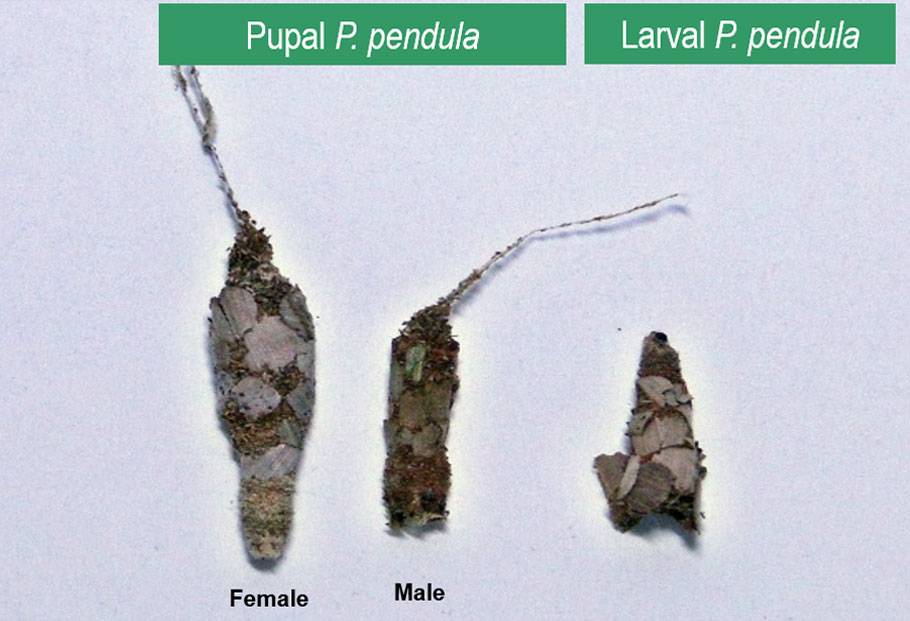
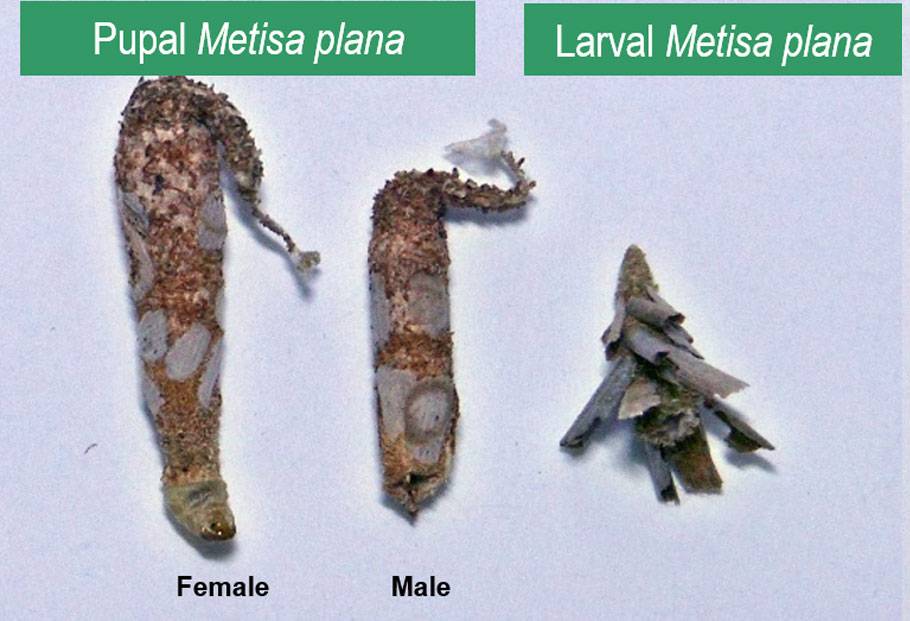
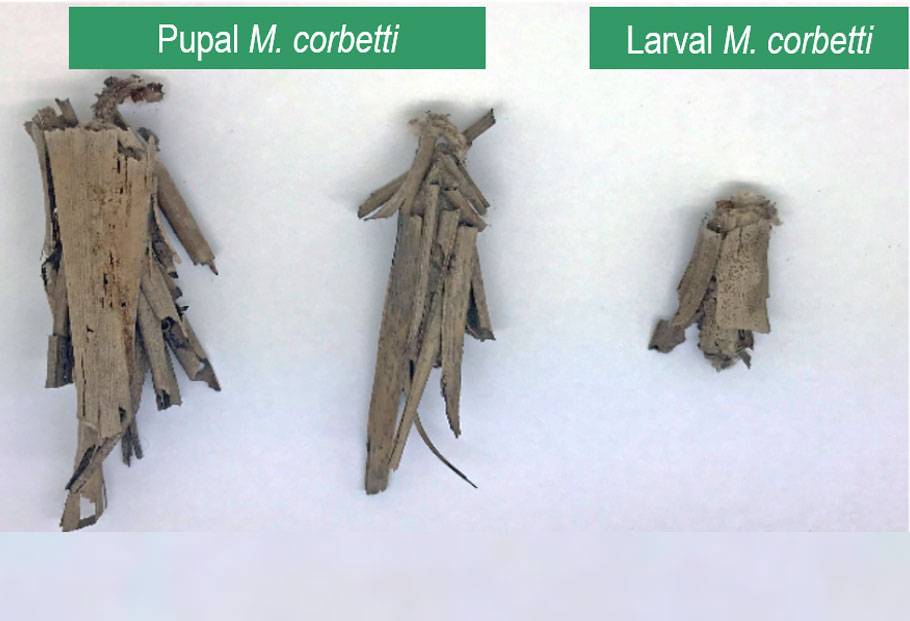
Nettle Caterpillars
The nettle caterpillar, Darna spp. can grow up to 1-2 cm long and Setora nitens can grow up to 3-4 cm long. The adults are small, hairy moths and both male and female are winged. Darna spp. does not begin feeding until the second instar. Females have a high fecundity potential, laying an average of 479 eggs, with 55% of these hatching. The adults live for about 10 or 11 days.
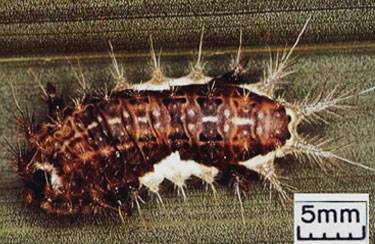
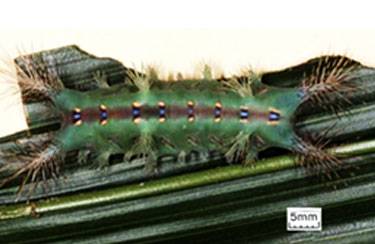
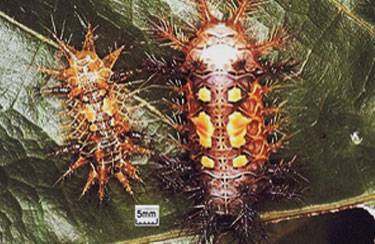
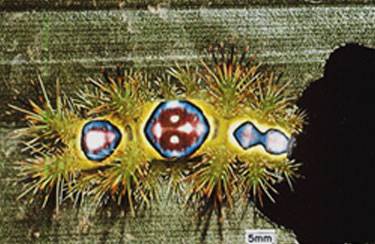
Causal
Extensive use of broad spectrum synthetic insecticide such as cypermethrin, no census and proper treatment.
Symptoms
Bagworms
Leaves defoliation of approximately 10-13% due to bagworm attack might cause about 33-40% yield loss.
Nettle Caterpillars
The damage cause by nettle caterpillar is much serious than bagworm due to their voracious feeding habit which can eventually skeletonise the whole frond.
Control
Biological control
Bagworms
Biological control is a component of integrated pest management (IPM) in bagworm control. The integrated biological control consists of natural enemies, beneficial plants, and microbes-based biopesticide.
Nettle Caterpillars
Numerous natural enemies can control this pest. Biopesticides such as Cordyceps as the fungal pathogen can also be used for control. The infected pupae produce fruiting bodies on their cocoons.
Chemical control
Bagworms
Trunk injection using methamidophos, monocrotophos or acephate are permissible and need approval from the Department of Agriculture (DOA). Any usage and application of broad-spectrum contact chemical pesticides such as cypermethrin need to be minimised to avoid adverse effect to beneficial insects.
Nettle Caterpillars
Nettle caterpillars can be controlled with chemicals such as monocrotophos, methamidophos, cypermethrin and acephate. Monocrotophos applied via trunk injection and effectively controlled Setora and Setothosea.
